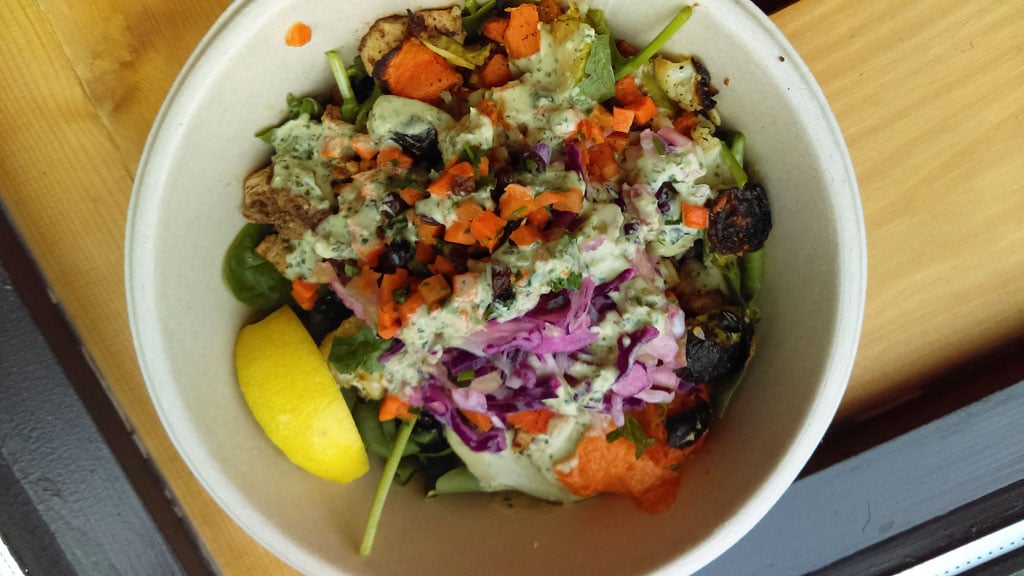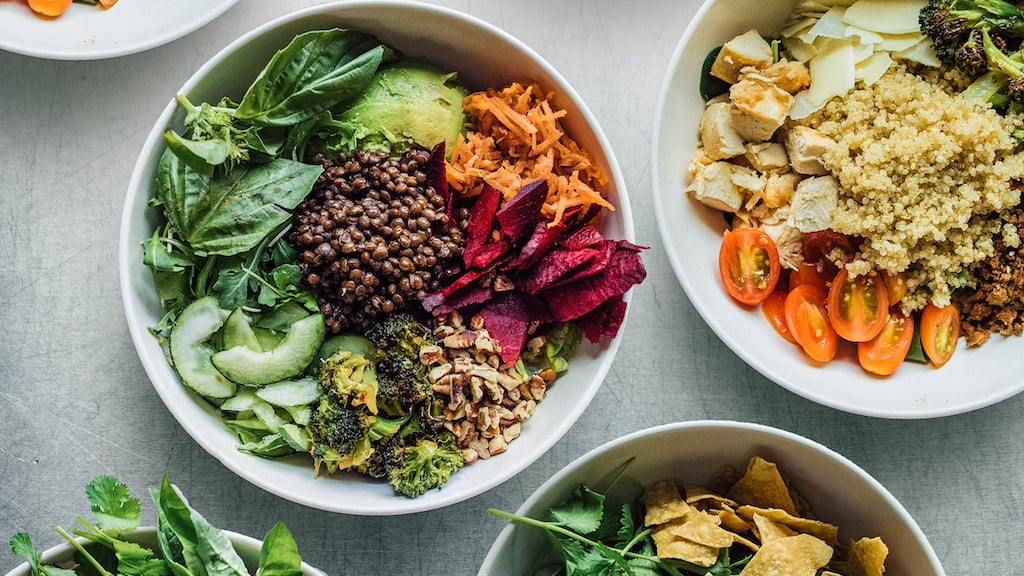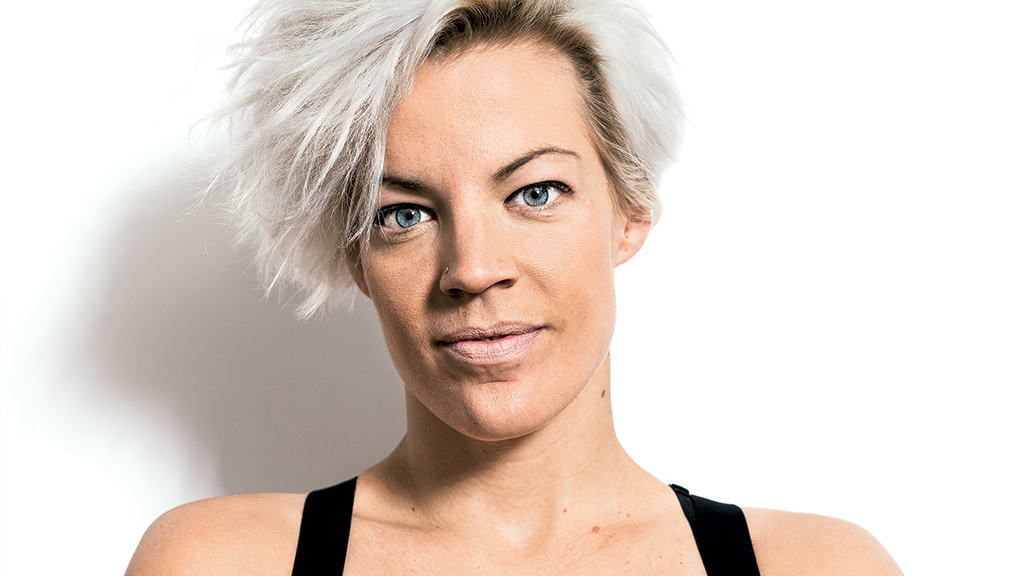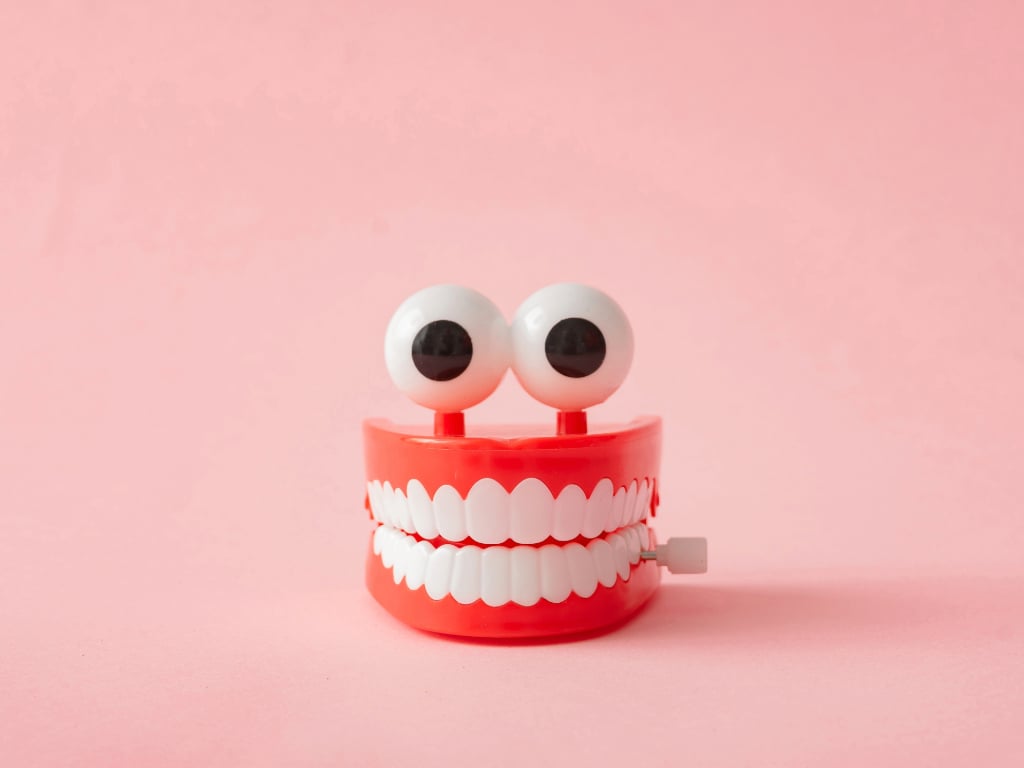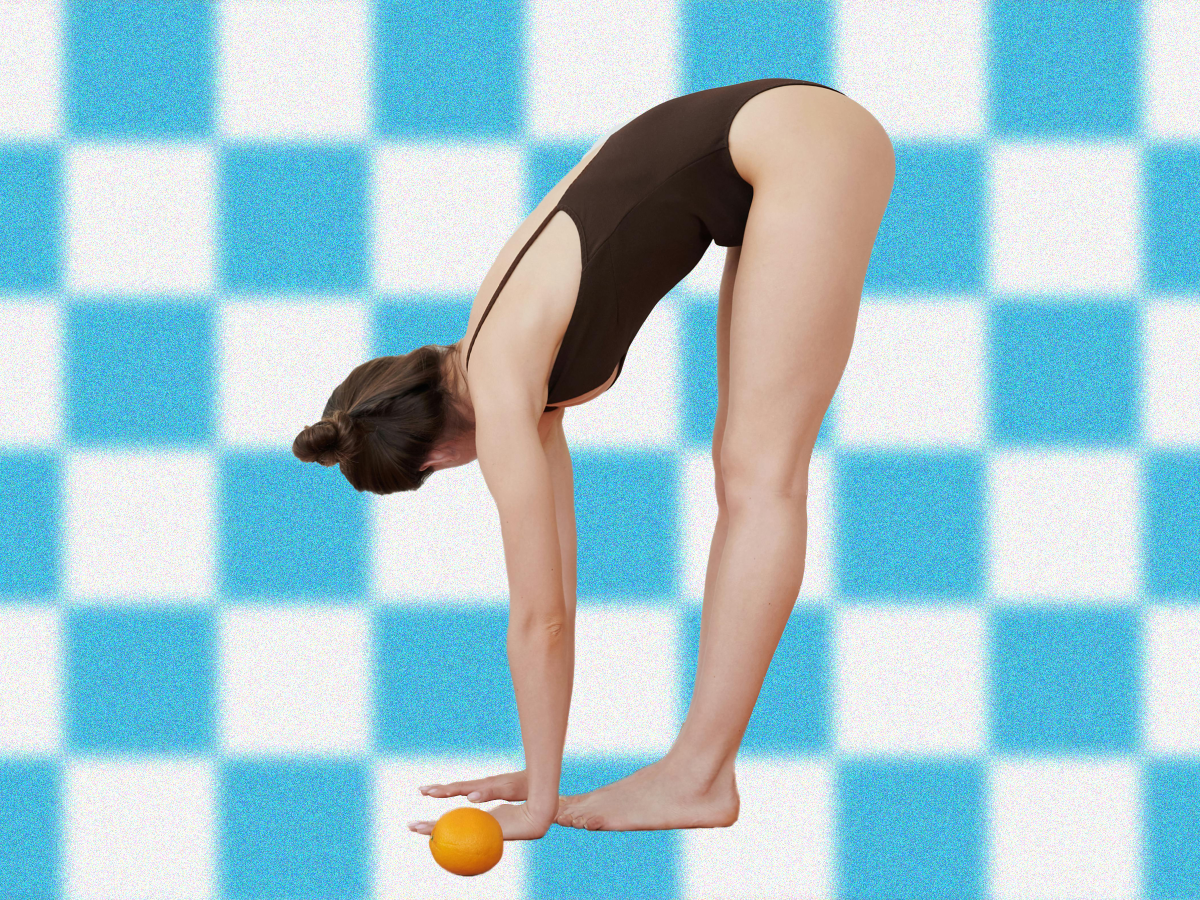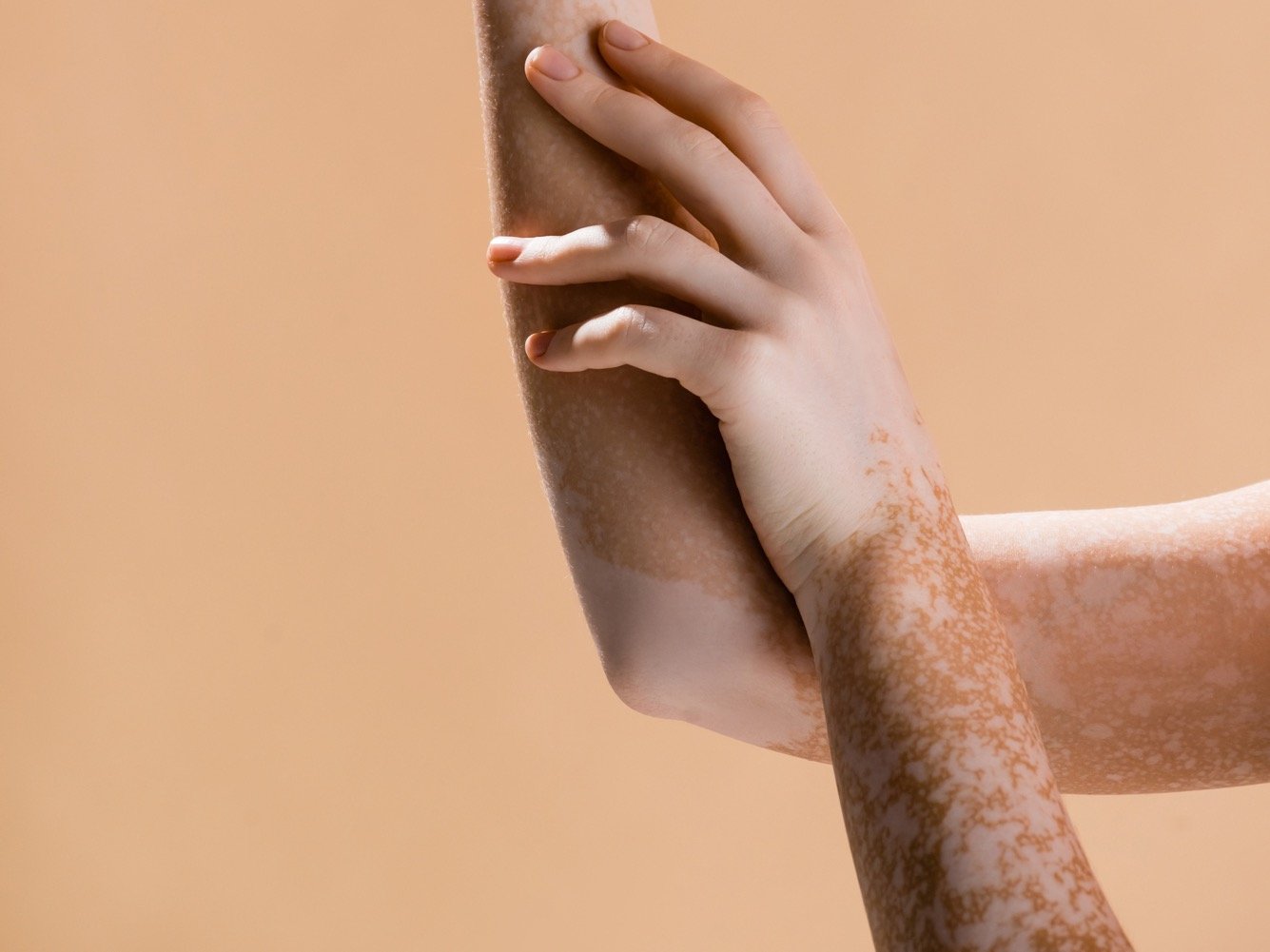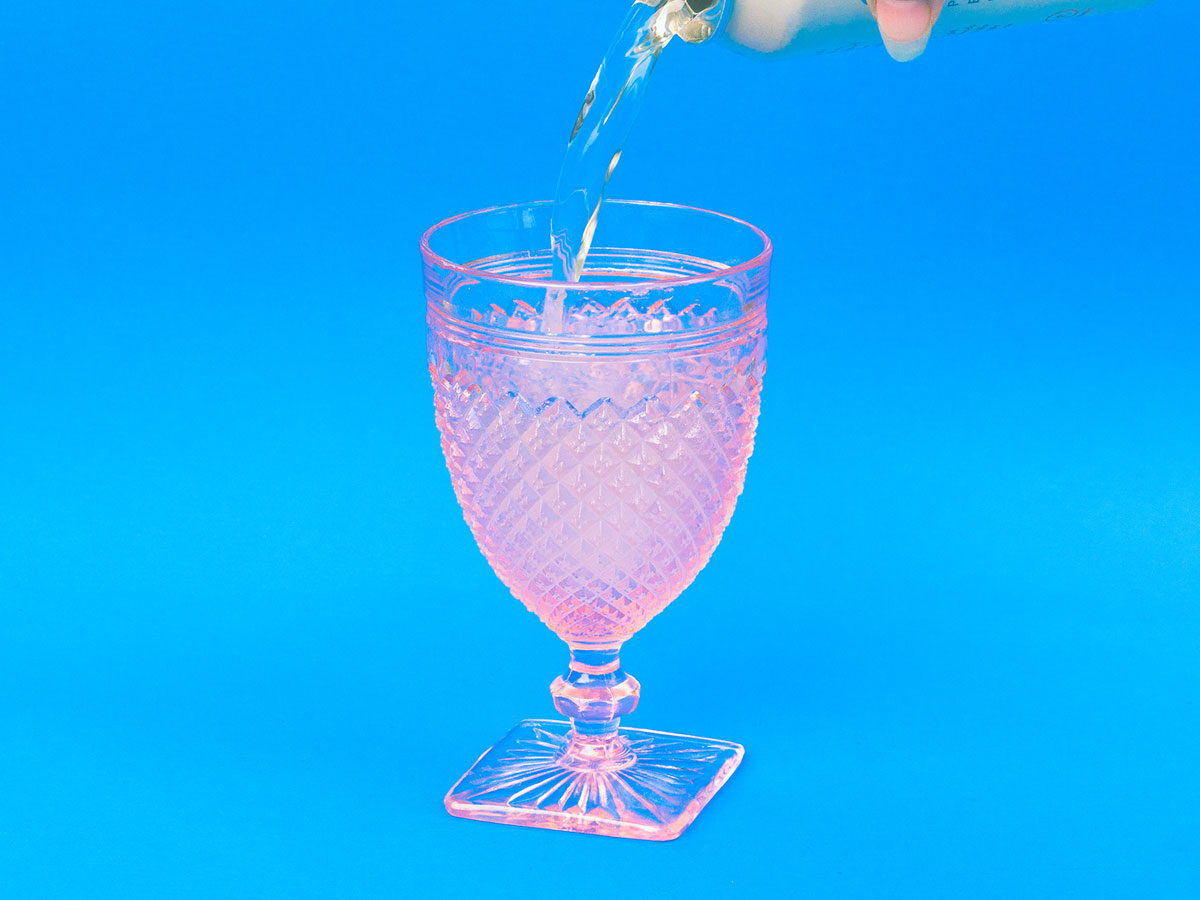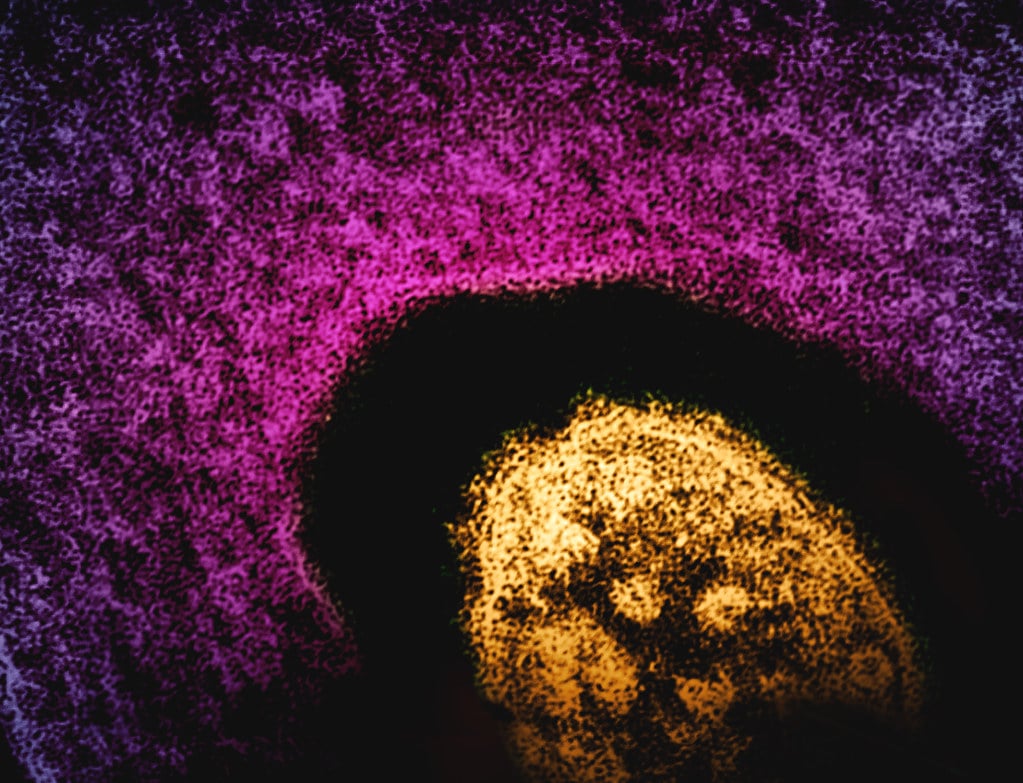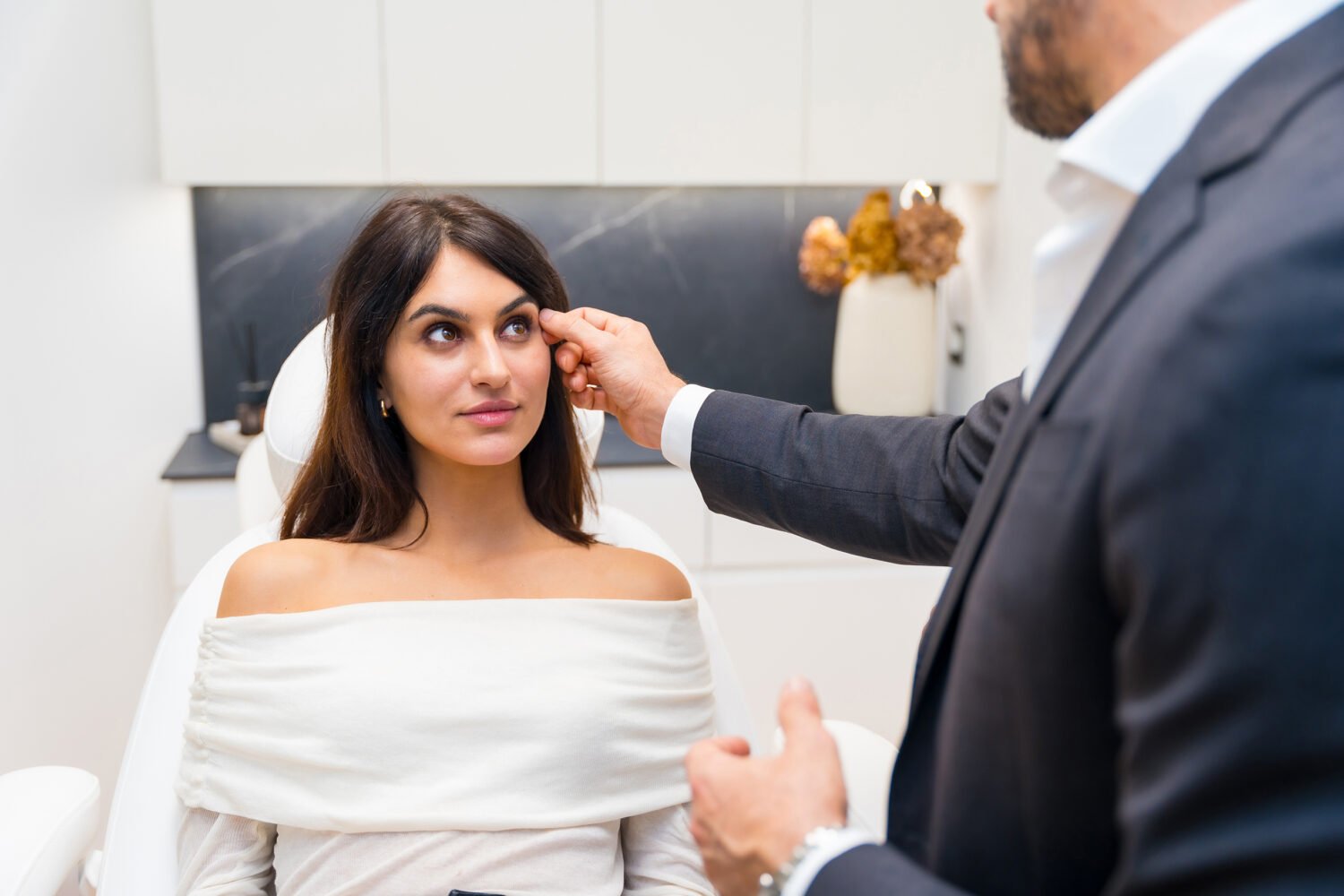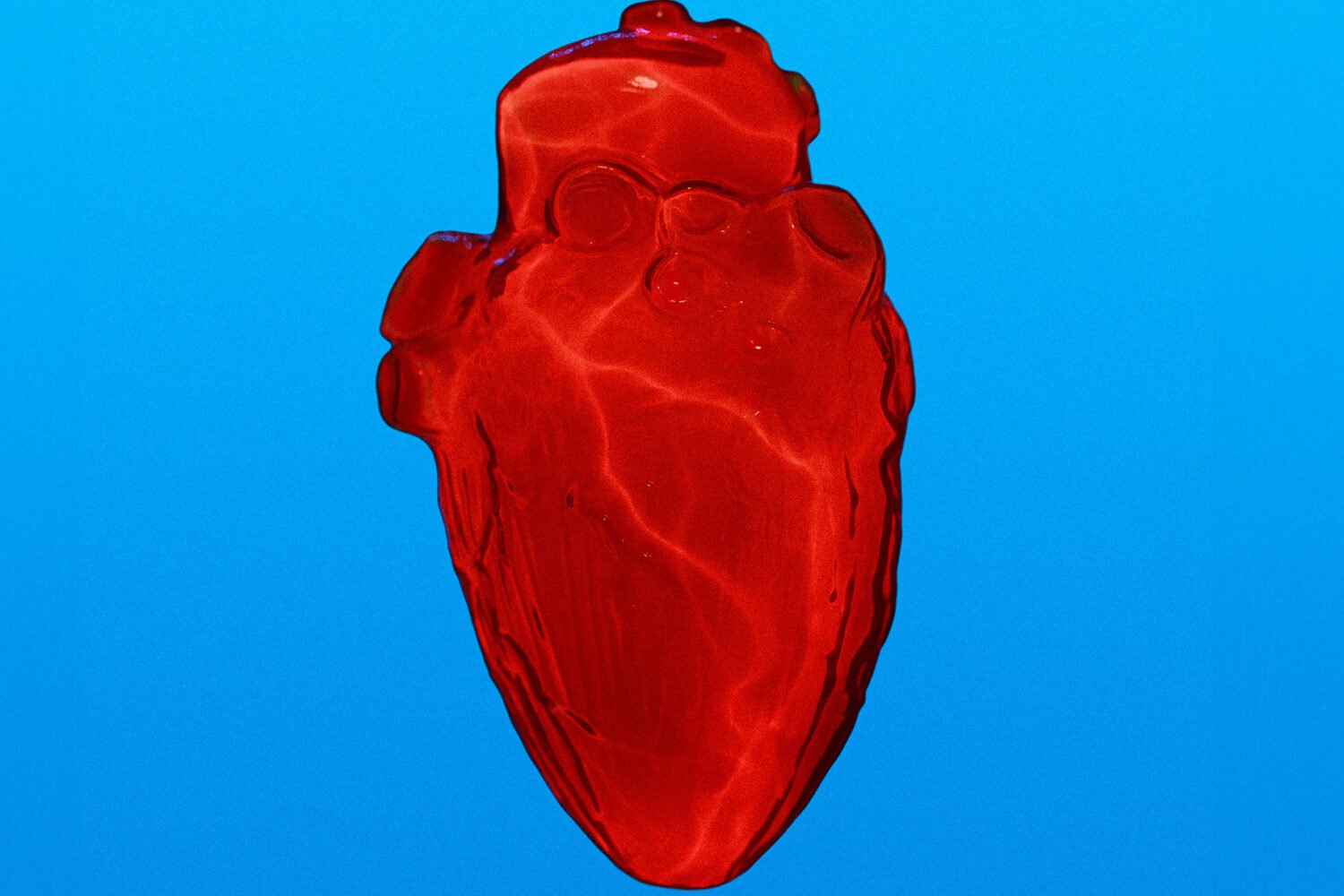Is chocolate really an aphrodisiac? Experts aren’t so enthusiastic. Photograph courtesy of Flickr user Stewart.
Every year when Valentine’s Day rolls around, mysterious ingredients start popping up on restaurant menus: rhino horn. Spanish fly. Even tiger penis. Chefs meticulously create dishes around supposedly aphrodisiac foods, which often come at a hefty price. But the question remains: Which, if any, of the foods commonly considered aphrodisiacs actually produce the desired effect?
Natural aphrodisiacs remain almost as shrouded in myth as they did thousands of years ago when people started using them. The word comes from Aphrodite, the Greek goddess of love and sexuality, and literally means “arousing or intensifying sexual desire.” Contrary to popular belief, aphrodisiacs increase libido—not sexual performance or pleasure.
“You have to be in the mood for [meds like Viagra] to even work,” says Christopher Wanjek, the author of Bad Medicine. “There has to be sexual desire.”
Foods that conjure up visions of male and female genitalia are often mislabeled aphrodisiacs. Oysters, bananas, and cucumbers all make this dubious list—and none have an effect on sexual drive.
But they’re not without other benefits, according to Dr. Karen Boyle, director of reproductive medicine at Chesapeake Urology Associates. Oysters, for example, contain a lot of zinc, which is good for sperm production and could increase testosterone.
Chocolate’s ability to increase sexual desire also hasn’t been proven, though it’s often touted as the premier aphrodisiac. Consuming it releases dopamine, the feel-good chemical that’s also released during an orgasm, but Boyle says it doesn’t increase one’s libido.
The jury’s still out on spices like nutmeg and saffron, too. As for alcohol, while it lowers our inhibitions, which can encourage sexual exploits, it also lowers sexual performance, sensations, and stimulation.
Fortunately, there are some lesser-known substances that actually do fall into the category of aphrodisiacs:
Korean red ginseng: A study published in the Journal of Sexual Medicine conducted on menopausal women found that red ginseng significantly increased their sexual arousal. As a bonus, it helps with sexual satisfaction and combats erectile dysfunction.
Maca root: This member of the mustard family has been proven to increase libido in both sexes. While it grows exclusively in the Andes, it can be bought in capsule form online and in some drugstores.
Muira puama: Also known as “potency wood,” this plant is found primarily in Brazil and sold as capsules online. It’s been found to increase male libido, but needs to be combined with gingko biloba, another herbal pill, to improve female sexual desire. As with ginseng, it also helps with erectile dysfunction and sexual satisfaction.
If you’re turned off by having to add obscure herbs to your diet just for the heady rush of desire, Dr. Boyle suggests some simple alternatives: “Eat healthfully, get a good night’s sleep, don’t smoke, exercise regularly, and have frequent intercourse.” Staying fit helps keep hormone levels in check, which is necessary for a healthy libido.



